The next time you go wild swimming, whether in a lake, river or sea, you are probably sharing the water with one of your tiniest, yet closest relatives.
This near-family member is a microscopic, single-celled organism called a choanoflagellate. Scientists are still puzzled by how animals evolved from such simple beginnings. But a new paper describes the discovery of an important new clue.
Choanoflagellates, like most single celled organisms can only survive in water where they live much of their life as a single cell, no more complex than an amoeba.
They are nevertheless more closely related to our own kingdom of life than any other kind of organism is – choanoflagellates are cousins of the animals. Engraved in the structure and function of choanoflagellate cells and written in their DNA code, scientists are finding evidence showing how the very first animals evolved.
Before we get to the new clue, it is worth thinking about what makes animals unique. As I describe in my new book, the simple answer is that, compared to most of the rest of life, animals have large and complicated bodies built from many cells. Your own body contains tens of trillions of cells and even a tiny fruit fly has close to a million.
Pazargic Liviu/Shutterstock
Our oldest animal ancestor must have evolved a way for its many cells to stick together and form a super-organism from a host of cooperating cells.
The first animals must also have invented ways to produce the many different kinds of cells we have today; muscle cells, nerve cells, egg cells and sperm to name a few. The division of labour among different kinds of cells is one aspect of arguably the biggest invention of the first animals which is embryogenesis.
This is the earliest period of an animal’s life when, starting from a single fertilised egg cell, cell division begins to create all the cells that will make up the animal. These cells then each take on their own specific task and finally the many cells get carefully organised to make a functioning organism.
Scientists are hoping that studying choanoflagellates will help them learn how these skills first evolved.
Choanoflagellates don’t have large, complex bodies and they don’t have embryogenesis. They do, however, have a few animal like qualities. Their cells, for example, can adopt a handful of different shapes with different roles.
Just as our cells can take the form of a nerve or a muscle, theirs can switch from the standard funnel and flagellum form to become amorphous, shape-shifting blobs like an amoeba.
Choanoflagellates can also make tiny multi-celled colonies. In the presence of certain species of bacteria their cells stick together to make little groups of cells called rosettes. The rosettes seem to form because they are better at catching the bacteria (which the choanoflagellates eat) than single cells are.
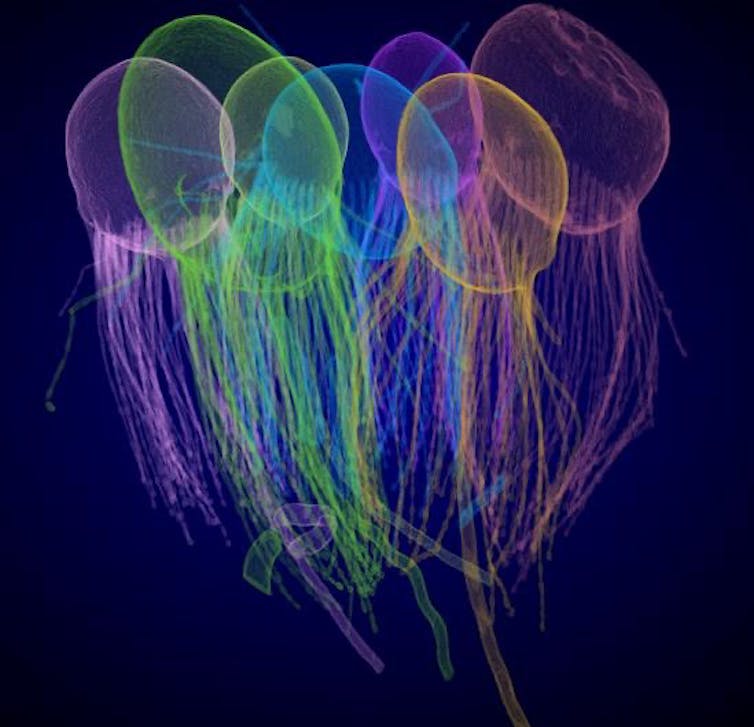
Diede De Haan, Author provided (no reuse)
The rosettes can grow a little, but when they reach a size of about ten cells the bonds between the cells stretch and snap, splitting the rosettes down the middle to form two smaller rosettes of cooperating choanoflagellates.
The resemblance of these rosettes to the earliest stages of an animal embryo seems like a coincidence, however. Unlike an animal embryo, they are not destined to develop into anything else. The new study is about the growth of these rosettes.
In many animals, from mice to flies, there is small group of genes that work together to control how big different organs get – how many cells they contain. Named Hippo, Warts and Yorkie, these genes sound like a mob of gangsters.
They are known collectively as the Hippo pathway. When genes in the Hippo pathway mutate in a growing fly or mouse embryo, the result is flies with huge eyes or newborn mice with monstrous livers.
In adult humans, when Hippo genes mutate, they can produce cancerous growths of uncontrollably dividing cells.
Choanoflagellates have a host of genes in common with animals. Although they don’t have organs like eyes or livers (or embryos or cancer), they do have the genes of the Hippo gang. The new paper first describes how the researchers developed a new technique that lets scientists target any gene in a choanoflagellate so that it can be deliberately mutated.
When the Warts gene was mutated, the rosettes of cells grew twice as large so that they ended up containing 20 cells or more. This uncontrolled growth is strikingly similar to what had been seen in previous studies of flies, mice and some human cancers.
The details of just how the Hippo genes control rosette size are not yet know. But the new work adds to the picture we are building of the single celled precursor of the animals. It is another animal-like characteristic of the choanoflagellates.
If we travelled back in time to meet this tiny beast, we would never mistake it for a member of the animal kingdom. But we would nevertheless find in its repertoire a handful of skills that were going to prove useful in the evolution of animals.
Evolution took the materials that were available – the ability to make different kinds of cells; to stick those cells together; to regulate the number of cells and so on – and tinkered with them. From these beginnings, natural selection would then do its thing, resulting, 600 million years later, in the amazing diversity of the animal kingdom from jellyfish to flies, tapeworms, starfish and you.
This article features references to books that have been included for editorial reasons, and may contain links to bookshop.org. If you click on one of the links and go on to buy something from bookshop.org The Conversation UK may earn a commission.
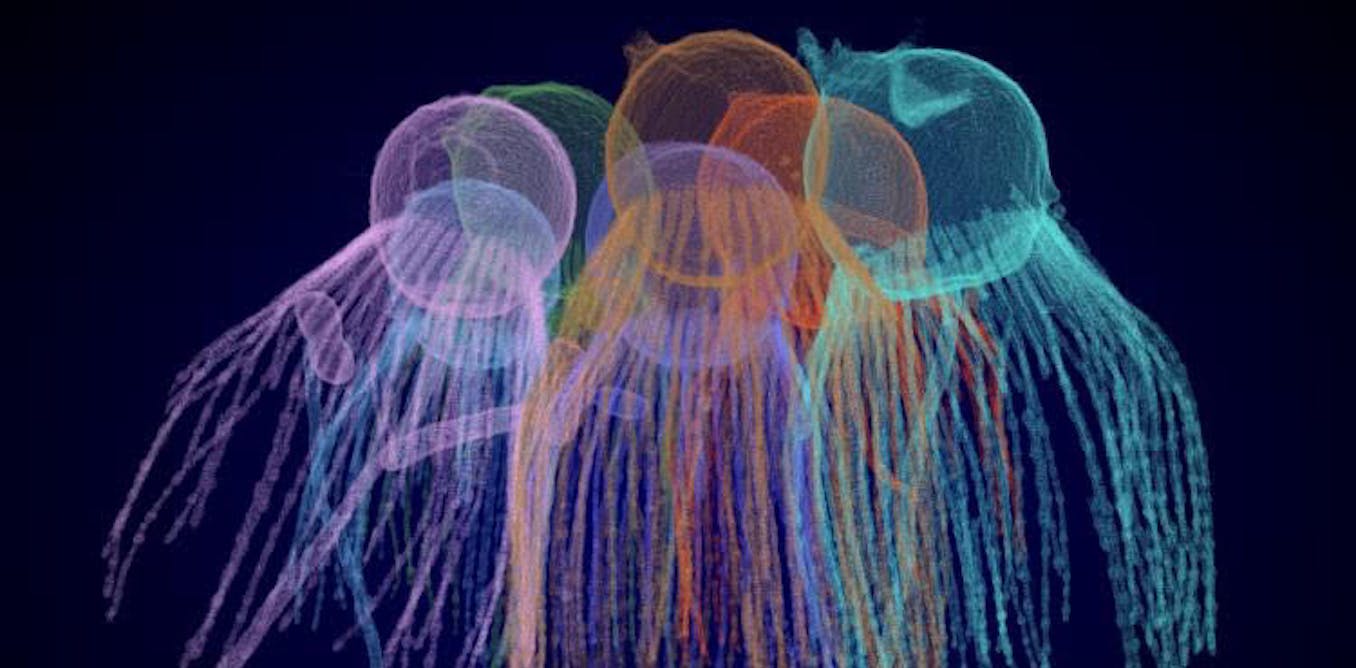
The post “How the first animals evolved – a new clue from a tiny relative” by Max Telford, Jodrell Professor of Zoology and Comparative Anatomy, UCL was published on 10/29/2025 by theconversation.com






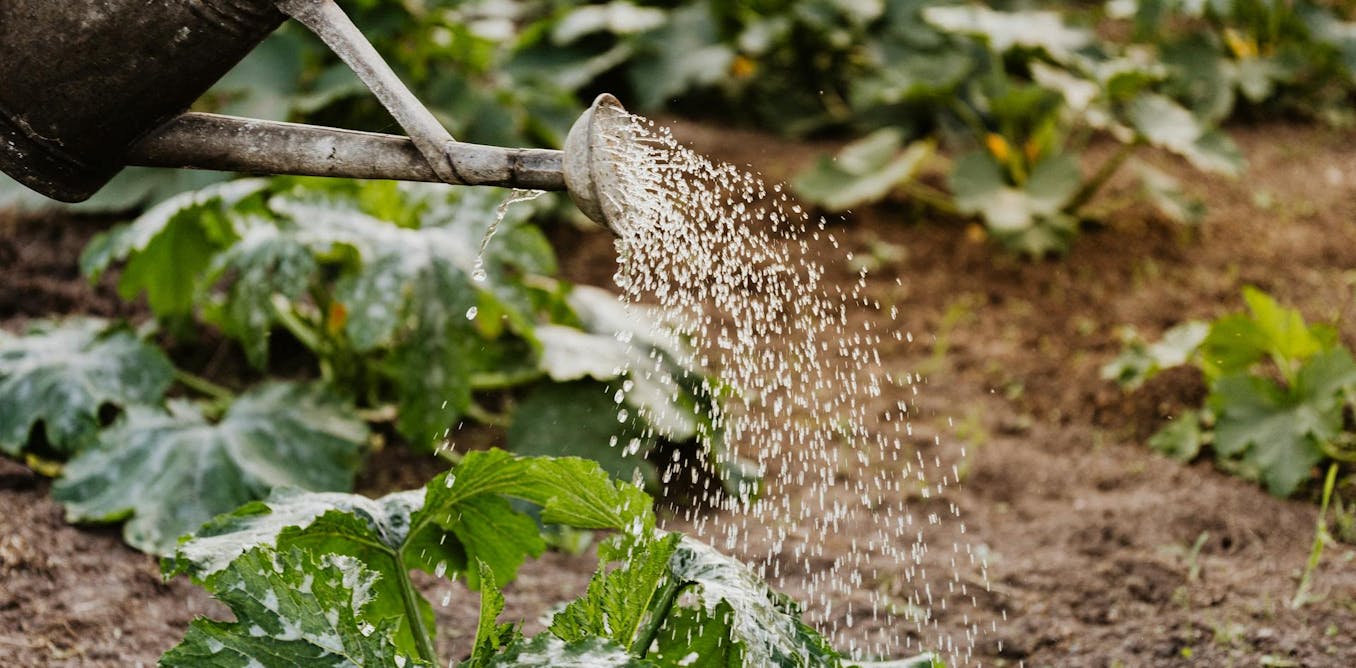
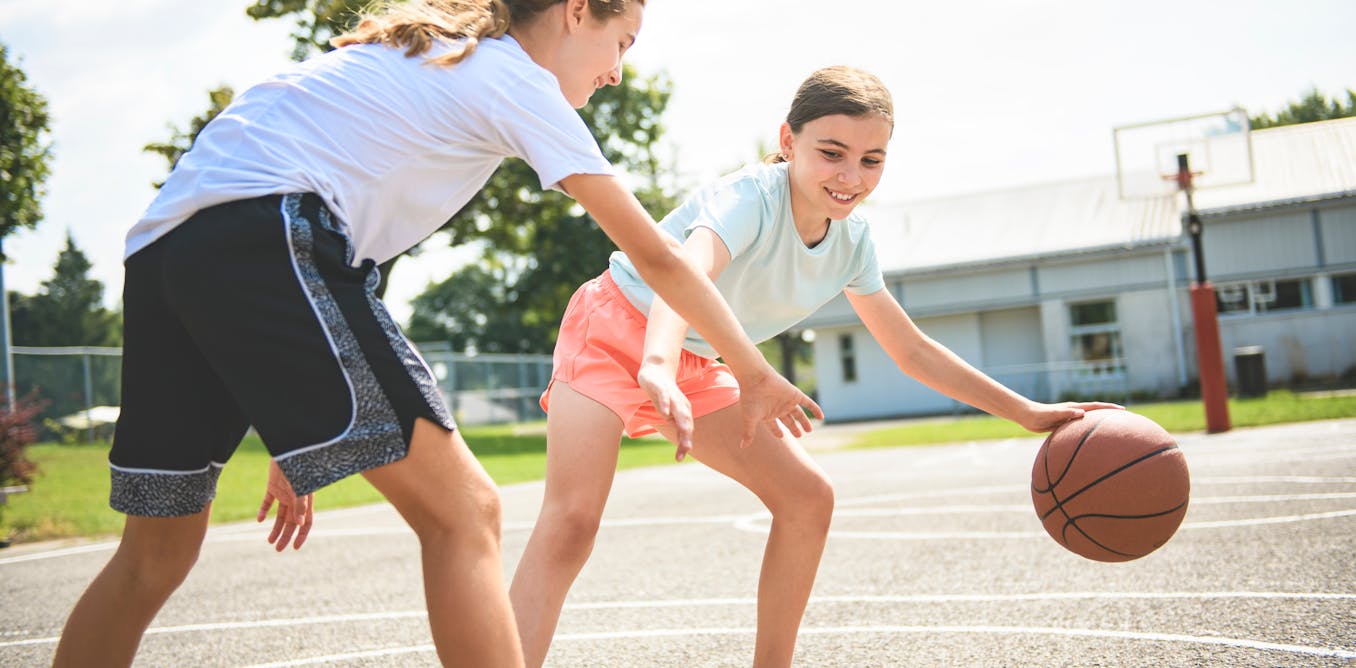
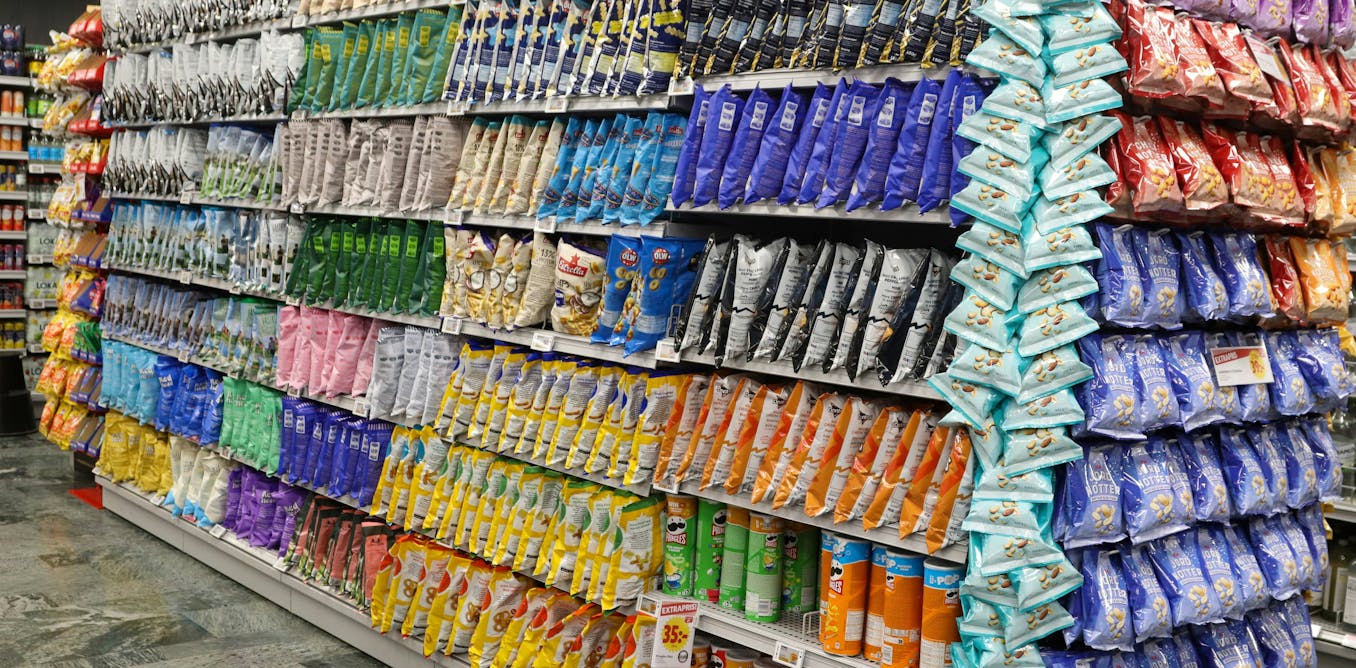
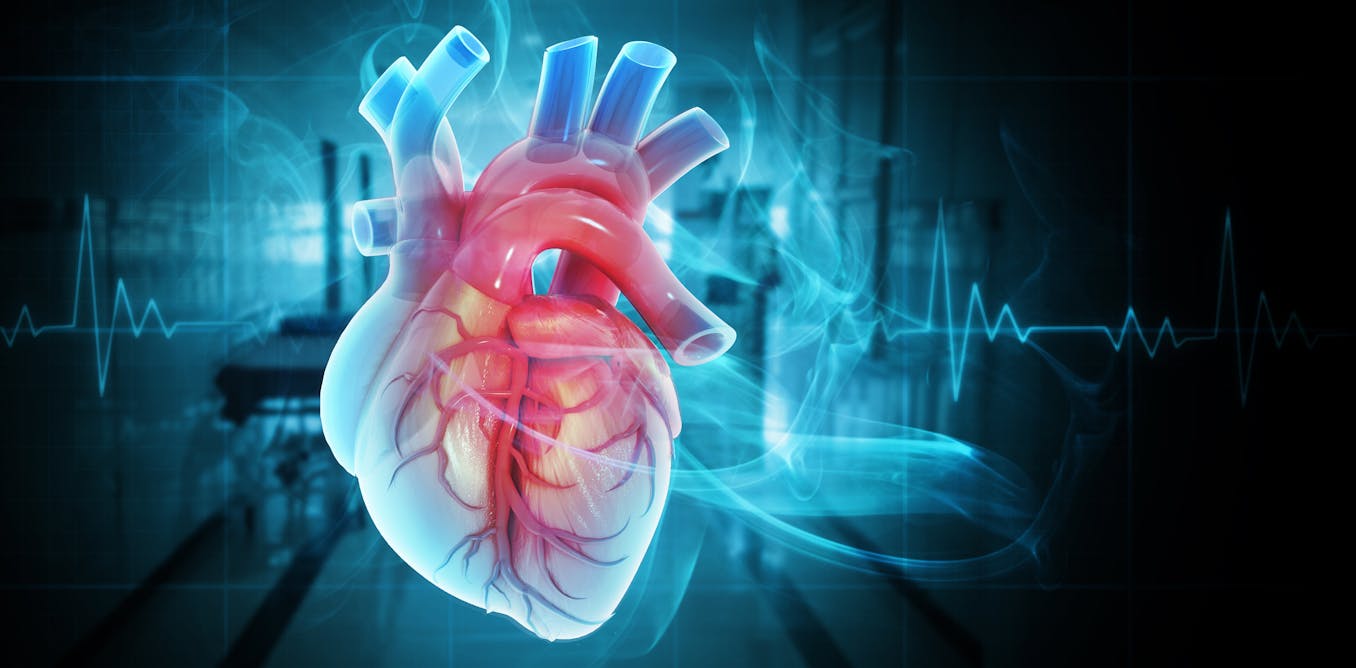
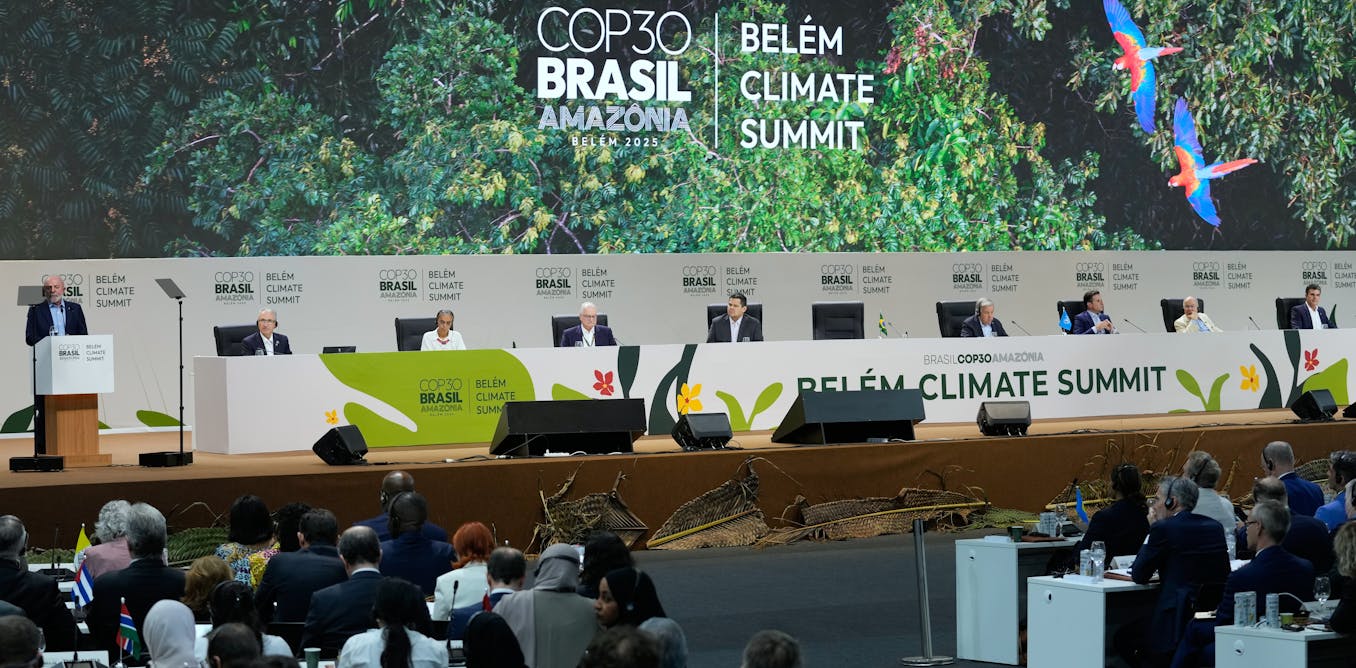
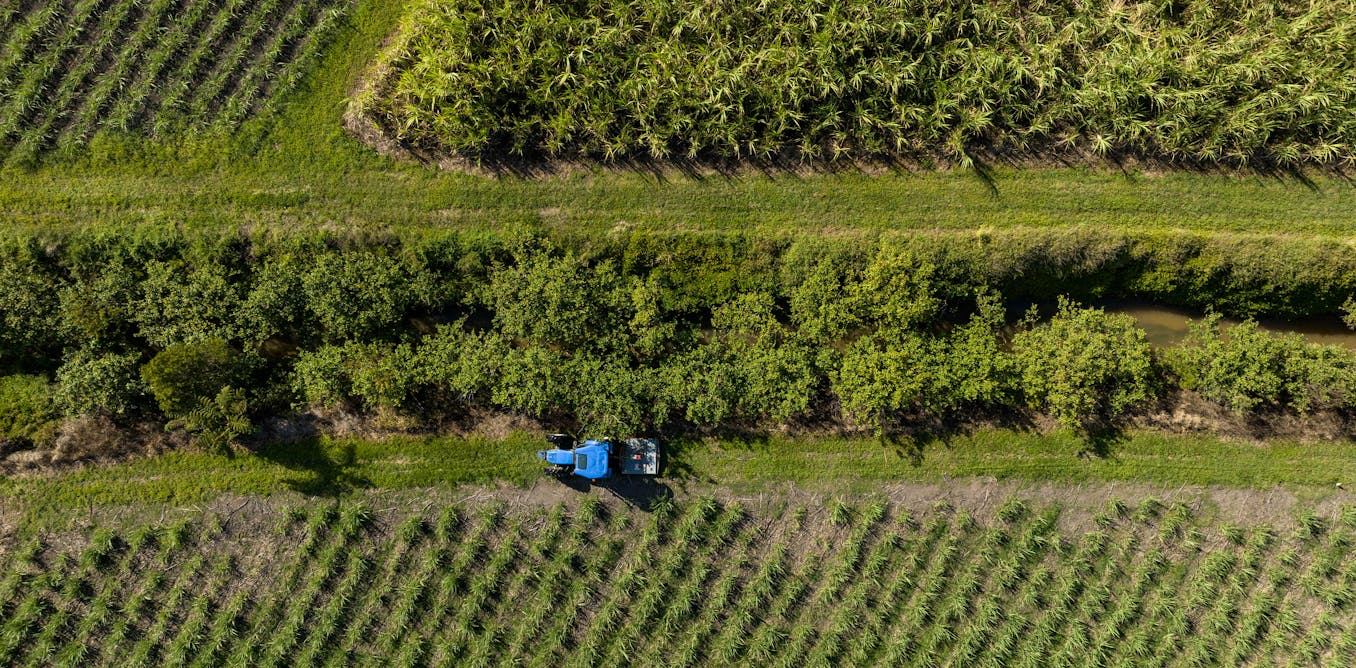
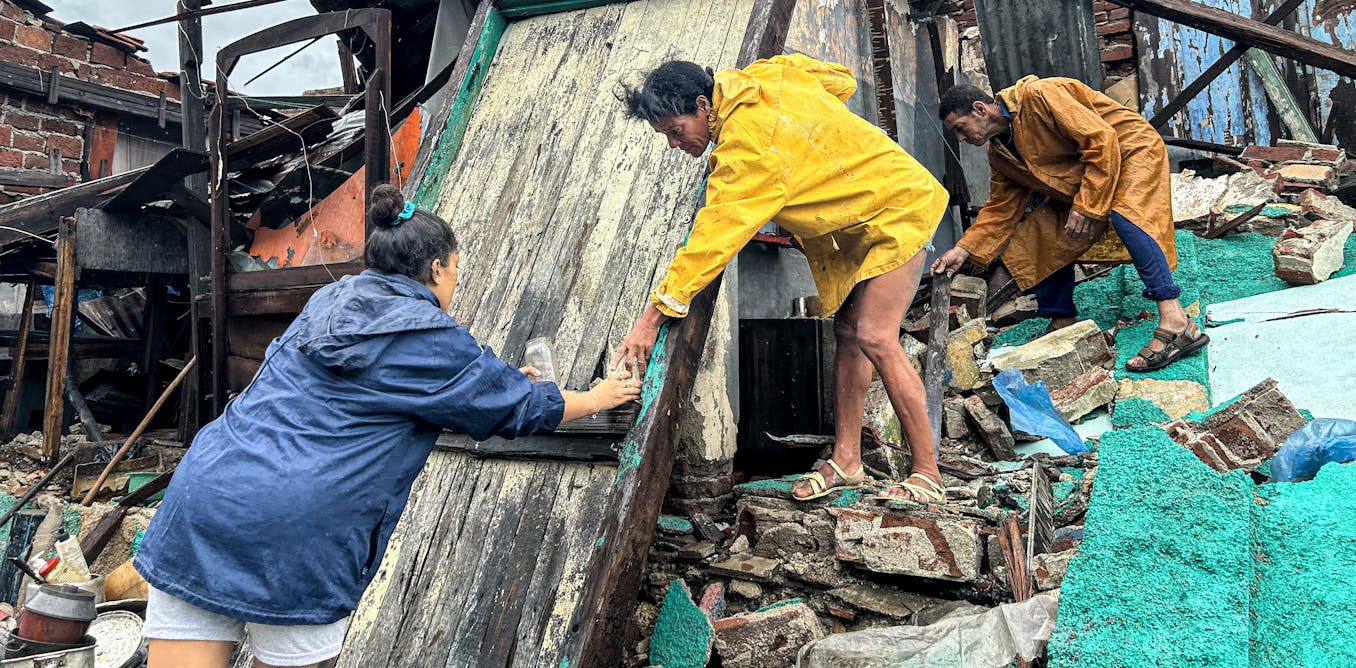
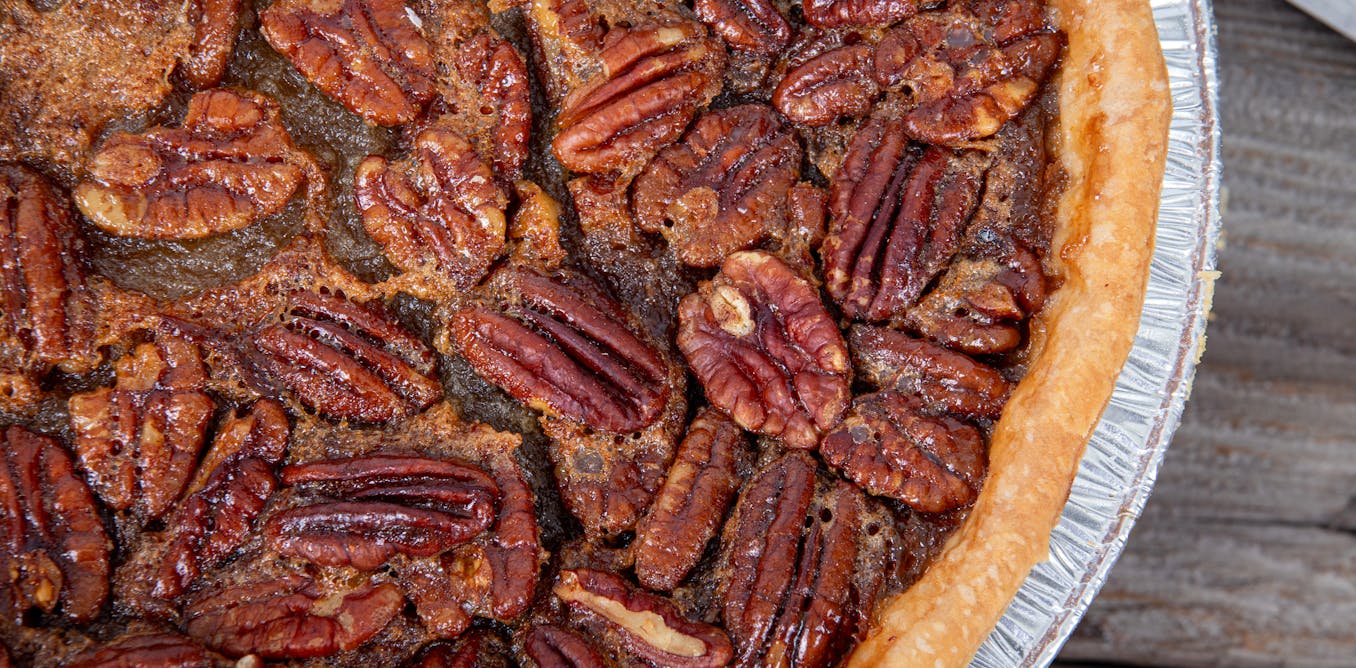



















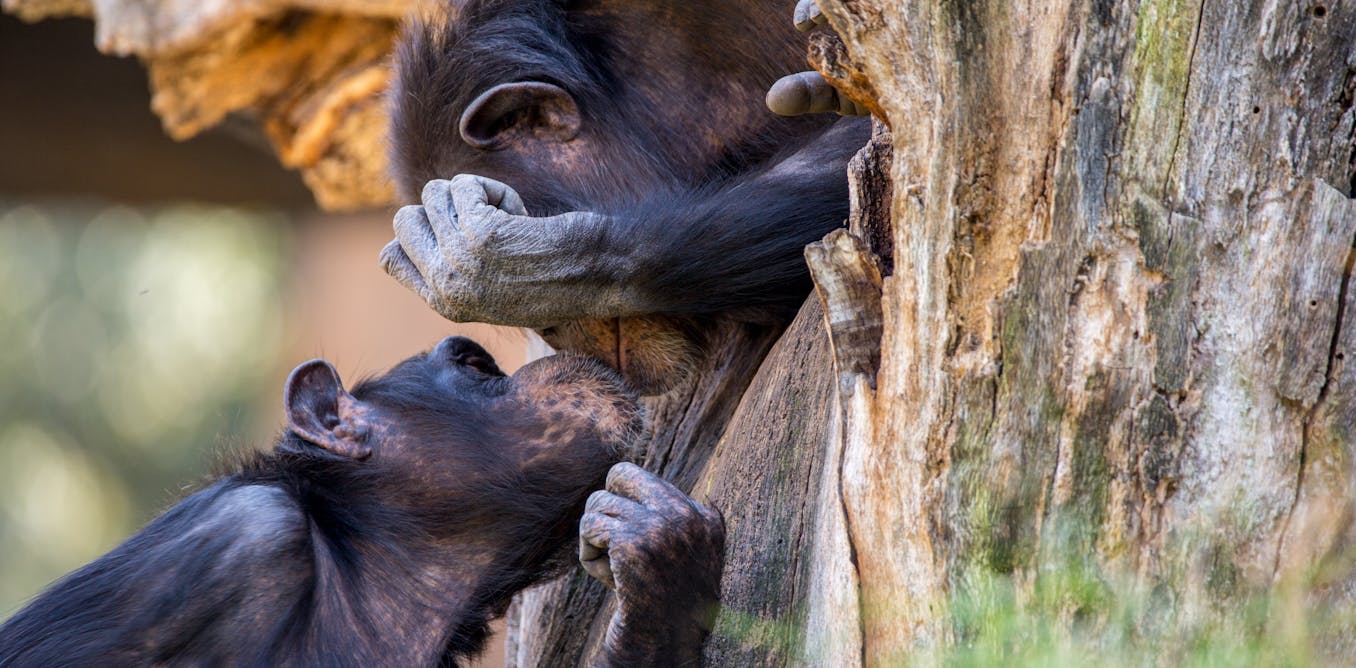

Leave a Reply